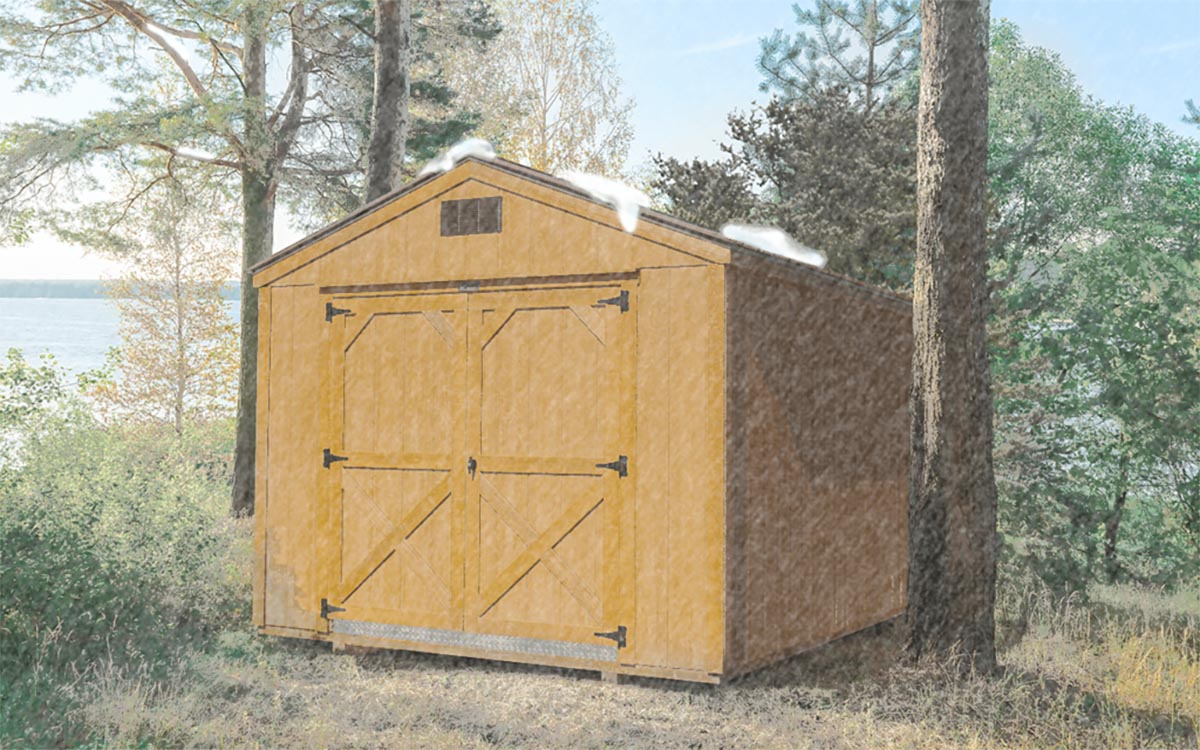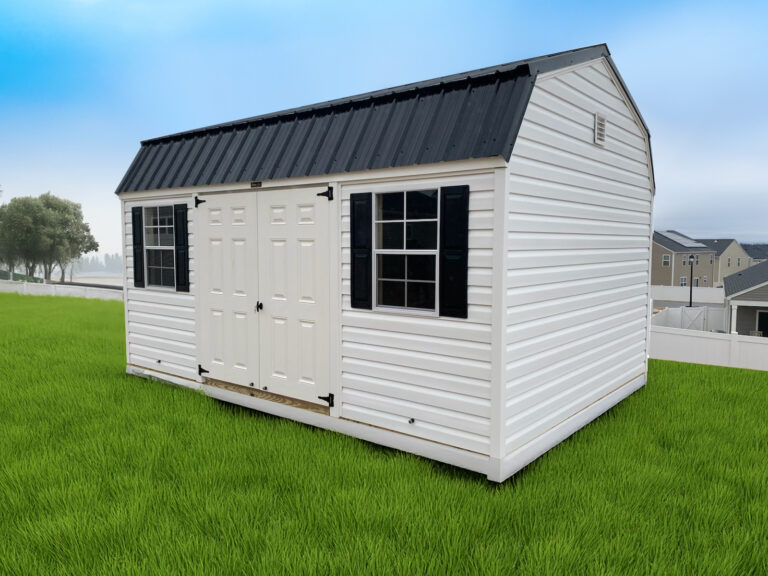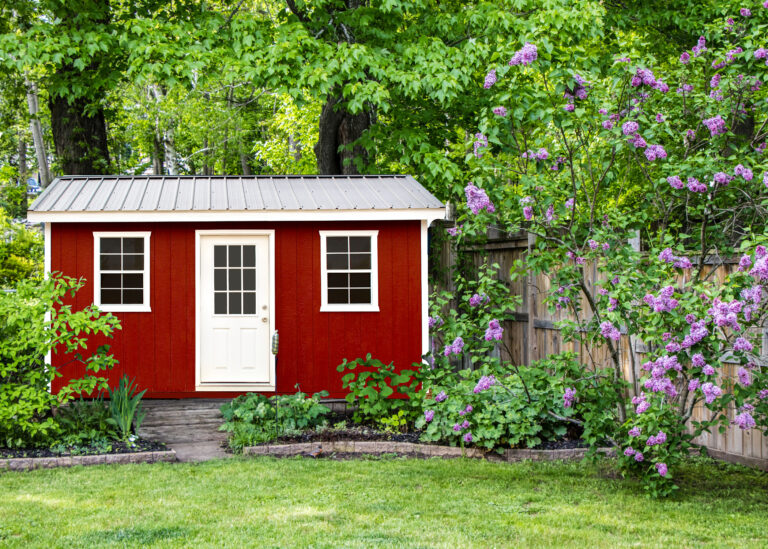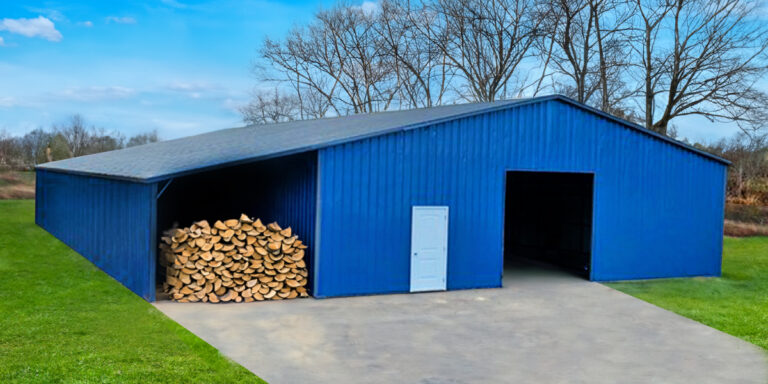With the weather getting colder and the grass going away for the season, the need to winter prep our beloved riding and push lawn mowers becomes more important. Here’s a reminder from us over at Sheds Direct to cover your mowers! Don’t forget to not only cover your vehicles in a shed, garage, carport, or other Sheds Direct Amish built storage building but also properly winter prep! If you won’t be using your vehicles during this weather, be sure to follow these simple steps!
Preparing Vehicles
• Remove and store the battery: Removing the battery of your vehicles that won’t be used until spring is absolutely crucial to ensuring a running vehicle post-winter. Even a well-stored vehicle can still end up too cold for too long, causing a battery to die. In order to prevent this, store your tractor, lawn mower, or any other working vehicle batteries until you plan to use them again. Most batteries should be stored between 40 and 80 degrees Fahrenheit. It is also an excellent idea to fully charge batteries before storing for the winter to even further protect them from damage.
• Drain the Tank and Carburetor: Be sure to drain the tank and carburetor. Gasoline that is allowed to rest will turn into a varnish that can damage your vehicle by clogging the holes the gasoline should be allowed to smoothly flow through. Draining you tanks is essential to properly winterize a vehicle.
• Oil all Moving Parts: Oiling all the moving parts will ensure your vehicle will be able to move as fluid as before by preventing stuck joints and rust!
• Check Coolant and Anti-Freeze: Ensure coolant and anti-freeze levels are at an ideal point to prevent freezing as to not cause long-term (expensive) damage to your equipment.
• Fully Inflate Tires: When the air outside gets cold, so does the air in our tires. Cold air compressed, making our tires flatter which can put uneven pressure on the tires and creating cracks. It is vital to be making sure all tires are fully inflated for proper winter prep, even if stored inside a building.
Prep for Sheds
Lock It Up: Be certain your shed is properly locked and secured to prevent burglary, vandalism, or unwanted animals from breaking in. Securing your shed is a must if you will be storing expensive equipment inside. We recommend installing (or selecting one when purchasing your storage building) a burglar bar to help super lock your precious tools. It’s always a good idea to padlock your shed with or without a burglar bar. While this is a year-round tip, it’s especially important if you will be leaving your equipment locked away for months at a time. You wouldn’t want someone in your house, so don’t let them into your shed!
Shovel that Snow: If you live in an area that is snow prone, it can be a good idea to shovel snow off the roof of your shed regularly. This is a big part of winter storage prep for sheds. While our sheds are built to last a lifetime and survive extreme weather conditions, it’s always a good idea not to leave possible tons of snow and ice on top of any small structure such as a shed.
Tarp Time: When storing your lawn mower or other motorized lawn items, putting a tarp on top can help keep it clean all season long. Before storing equipment, clean and wash it. A tarp can help prevent dust from collecting on top of your squeaky clean vehicle so that when you pull it out again in the spring, it will already be clean.
We at Sheds Direct like to know our customers’ lawn, farm, and recreational equipment is always protected. While our Amish sheds, carports, garages, and covers are perfect for this all year round, sometimes that cold can sneak up on our most valuable assets. Don’t forget to cover them in a high quality shed, garage, or carport before winter!





